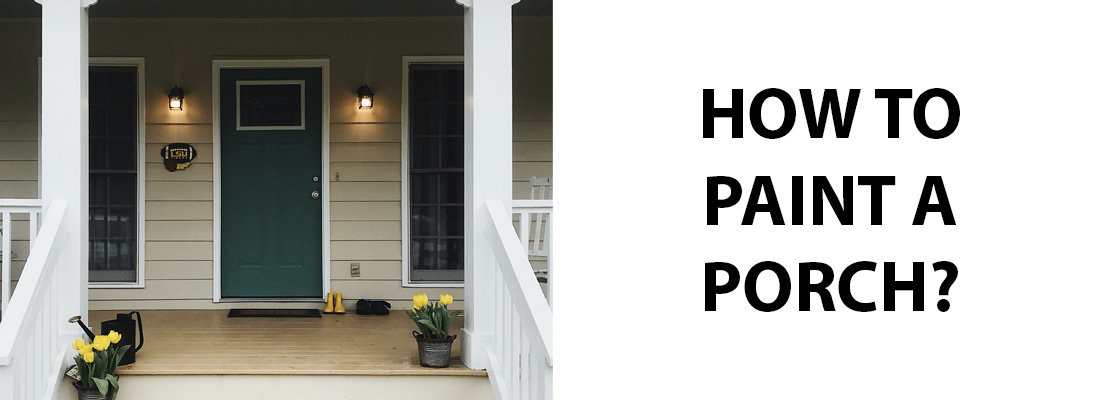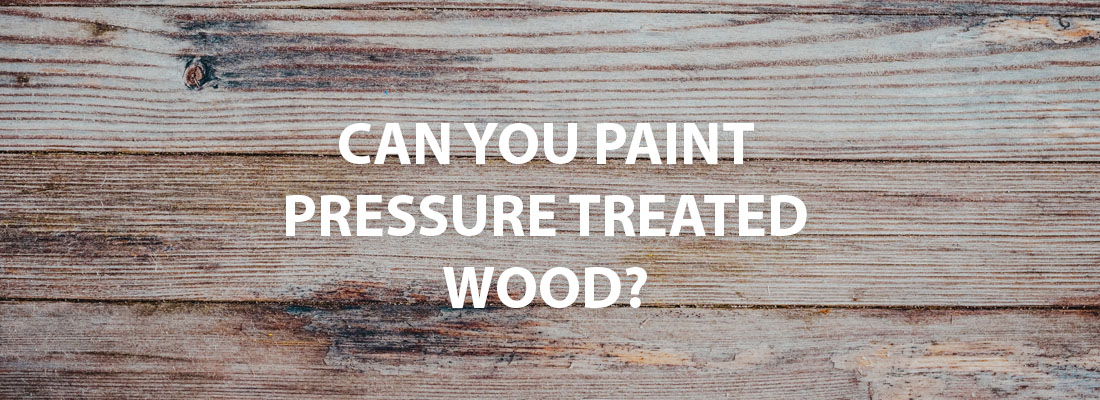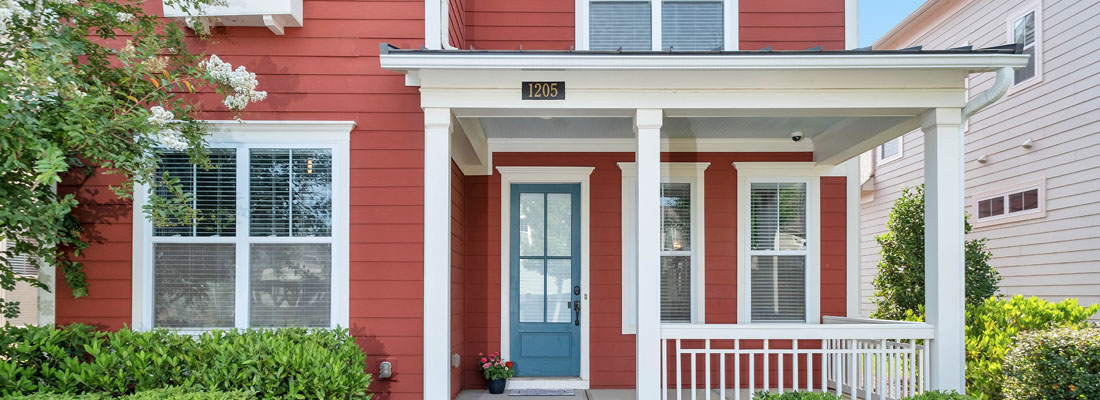Whether you plan to paint your house white or lime green, if you live in a homeowner’s association (HOA), your options may be limited. Navigating the realm of Idaho HOA laws can be complicated. First, Idaho HOA laws, which are found in Chapter 32 Section 55 of the Idaho Code, regulate what an HOA can and cannot do. Then, within each HOA, there are specific rules for those living in the community. These will vary from HOA to HOA. In order to understand the specific rules and regulations of your HOA, you’ll need to review the HOA’s governing documents.
So what are the Idaho HOA laws? What powers do Idaho HOAs have? Can you paint your house how you want if you live in an HOA? Read along, and we’ll answer all these questions and more.
Can HOAs Impose Fines?
Yes, according to Idaho HOA laws, HOAs can impose fines on homeowners who violate the community’s rules and regulations. Some of these rules may be related to home maintenance and appearance, such as painting. For example, if your home needs to be repainted, the HOA can fine you if you fail to repaint the exterior within a certain timeframe. These fines are usually outlined in the CC&R (Covenants, Conditions, and Restrictions) and will vary in amount.
Idaho HOA Powers
HOAs are granted specific powers through the governing documents or CC&R. Signing these documents is like signing a legally binding contract. Some Idaho HOA powers may include:
- Collecting fees and assessments from homeowners to maintain common areas and enforce rules.
- Enforcing rules and regulations through fines, warnings, and other means.
- Establishing architectural and design standards.
- Mediating disputes between homeowners.
- Hiring vendors and contractors for community maintenance and improvement projects.
The extent of these powers varies from one HOA to another, so it’s important for you to review the CC&R or other governing documents to understand the specific powers your HOA has.
What an HOA Can Do
HOAs have the authority to establish and enforce rules and regulations that govern the appearance and maintenance of properties within the community. However, there are limitations, which are usually defined by state laws. Some common things HOAs can regulate include:
- Exterior paint colors and finishes.
- Maintenance and repair of exterior surfaces, such as fences, roofs, or sheds.
- Landscaping and yard maintenance.
- Architectural modifications and additions.
What an HOA Can’t Do
While HOAs can enforce rules about exterior colors and yard maintenance, they do not have unlimited power. Some of the things HOAs cannot do include:
- Discriminate based on protected characteristics.
- Enforce rules that contradict the law.
- Impose overly restrictive rules.
- Interfere with constitutional rights, such as freedom of speech or religion.
- Prohibit solar panels, political signs, American flags, satellite dishes, and antennas, or rentals.
Can HOAs Make You Paint?
Yes, an HOA can require you to maintain your home, which includes repainting when necessary. Depending on your HOA, this might include specific color palettes or requirements for paint quality. Homeowners that do not comply can be fined by the HOA.
Can You Paint How YOU Want?
The exact rules regarding paint color and finishes usually vary from one HOA to another. Some HOAs may be more lenient, allowing you a degree of flexibility in choosing paint colors. Others have stricter requirements. Make sure you review your HOA’s guidelines and seek approval before making any significant changes to your home’s exterior.
The Best Exterior House Paints
How to Get HOA Approval for Your Exterior Painting Job
Depending on the HOA you live in, you may need to get approval before starting an exterior paint job. Whether you’re doing it yourself or hiring contractors, such as the professionals at Boise Home Painting, you’ll need to be well-versed in the rules and regulations of your HOA.
- Review the CC&R and relevant exterior guidelines.
- Contact the HOA’s management company. They’ll provide you with the necessary forms to fill out.
- Select paint colors that comply with the HOA’s style guide.
- Some HOAs may require you to pay a fee when applying for approval.
- Once you get approved, you can begin work. Make sure to follow the guidelines and specifications. This might include completing the job within a certain timeline or using specific brands.
- After completing the project, notify the HOA. They may request pictures or proof of the finished job.
Can They Take Your House?
In certain circumstances, an HOA can foreclose on your house due to unpaid dues or fees. This is usually a last resort. If you become delinquent on paying the HOA dues or assessments, the HOA can place a lien on your property. This means that HOA has a legal claim to the property’s value equivalent to the unpaid dues. If the dues are unpaid for an extended period, the HOA may initiate foreclosure proceedings to recover the amount owed. This is a last resort, and the process is subject to state and local laws.
It’s important to note that, as the homeowner, you’re entitled to due process and legal protections should your HOA initiate foreclosure proceedings. Typically, they must notify you of the delinquency, give you opportunities to cure the default, and the abilitiy to challenge the foreclosure in court if necessary.
Can They Enter Your Home?
In most circumstances, HOAs do not have the authority to enter your home without permission. However, there are specific circumstances where they might enter your home legally:
- Maintenance: In some cases, an HOA may need to access your property to perform maintenance or repairs on common elements or shared infrastructure. They will typically notify you in advance and obtain consent.
- Emergencies: In emergencies that pose a risk to the safety or well-being of the community, such as a fire or water leak originating from your unit, the HOA may enter your home without your consent to prevent further damage.
- Rule enforcement: If an HOA believes you are violating the community’s rules or covenants within your home, they may request access to inspect the property. For example, if the HOA has a rule against pets, they might enter if they think you have a dog. However, they generally need your consent or a court-issued warrant to enter your home without your permission.
How You Can Push Back Against Your HOA
If you feel that your HOA’s rules and regulations are too restrictive, you may be wondering what you can do to push back against your HOA. There are a few different approaches you can take to address your concerns. Here are some strategies to consider:
- If you believe your HOA’s fees are unfair, there are a couple of different places you can submit complaints, such as the Idaho Attorney General’s office, the Federal Trade Commission, or the Consumer Financial Protection Bureau.
- If you believe you’ve been discriminated against by your HOA, you can file a complaint with the Idaho Human Rights Commission or the U.S. Department of Urban Housing. You can also file a lawsuit against the HOA, as long as it’s within one year of the offense.
- If you’re looking to push back in other ways, you might consider getting involved with your HOA. Attend regular HOA meetings to stay informed and voice your concerns. Participate in HOA elections to elect board members who share your concerns. Many HOAs also have committees that focus on different areas. Joining a committee will allow you to influence specific issues.
- Sometimes, the only option is to seek legal counsel. If your efforts are unsuccessful, or if you believe your rights have been violated, consult with an attorney who specializes in Idaho HOA laws.
How to Join an HOA
Joining an HOA typically occurs when you buy a home within a community that is governed by the HOA. There are two types of HOAs: mandatory and voluntary. If the HOA is mandatory, you have to join the HOA when you purchase the home. If the HOA is voluntary, you can join and leave the HOA at will.
Before joining the HOA, you’ll need to review the CC&R or other governing documents. These can be lengthy, but it’s important to understand the community’s rules and regulations before you sign. Upon purchase of the home, you may have to pay a transfer fee to transfer the membership from the previous homeowner to you. You’ll be required to pay dues, either annually or monthly, depending on the community.
How to Leave an HOA
Idaho doesn’t have any specific laws about leaving an HOA, so you’ll need to refer to the CC&R of your HOA to understand the steps to take. If you’re in a mandatory HOA, you won’t be able to leave. Stopping payments of your dues and assessments can put you at risk for a lien or other legal action. If you’re in a voluntary HOA, you may be able to leave the HOA simply by stopping your payments. Some HOAs have an exit interview or other procedures required before you can leave.
Exterior Painting with Boise Home Painting
Whether you’re looking to change the appearance of your home or comply with an HOA mandate to repaint, let the pros and Boise Home Painting transform your exterior. We’re well-versed in working within HOA guidelines. We’ll help you follow the style guide as well as complete the project in a timely manner. We do all the prep and cleanup for a paint job that will last. Get a free quote from our painters today to see how we can refresh your exterior. If you live in the Boise area and you’d like to have the exterior or interior of your home, we can help. We can help you find the right color to be compliant with your HOA. Get your free quote below. We serve the entire area including Meridian, Nampa, and Eagle.





